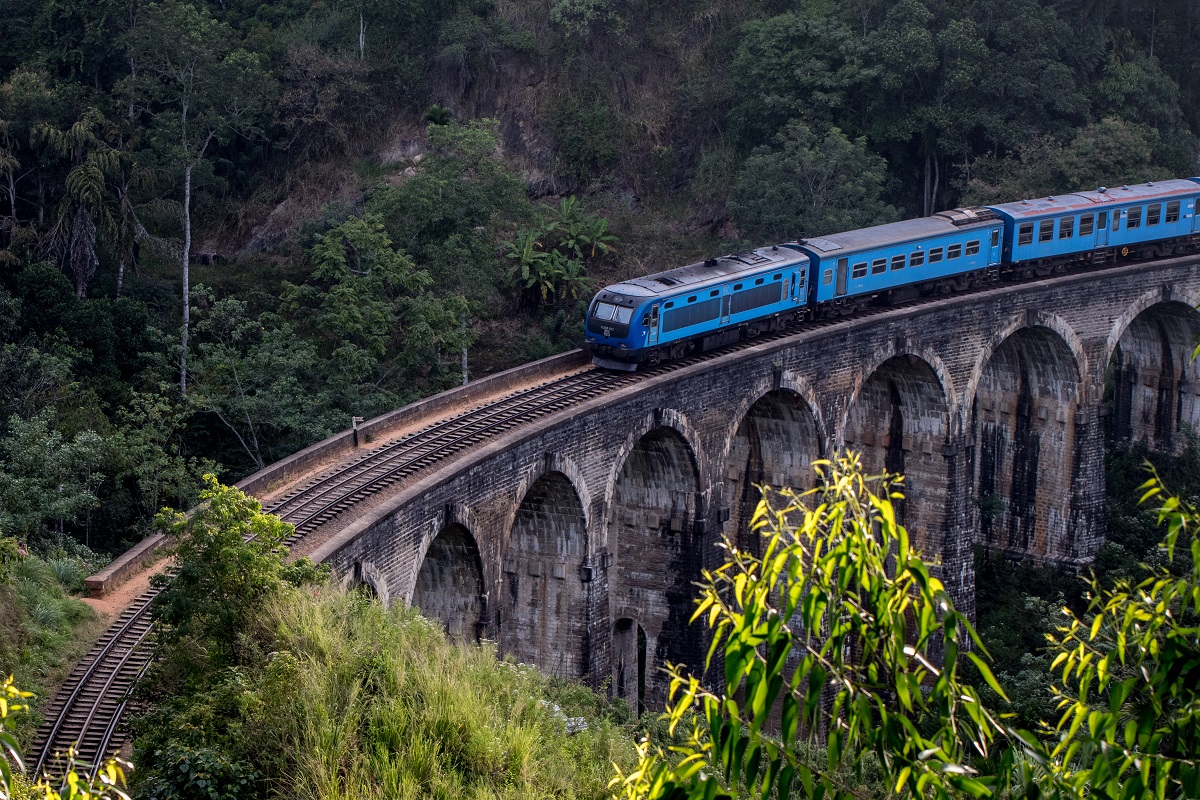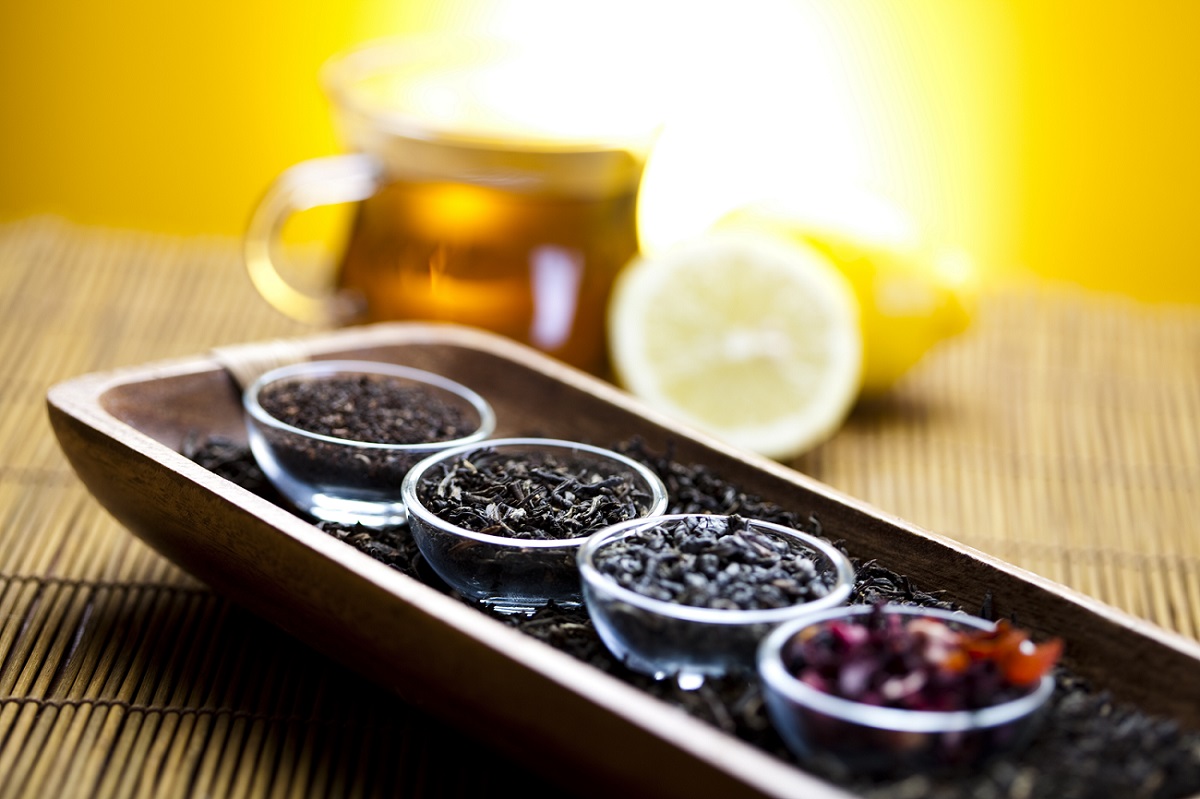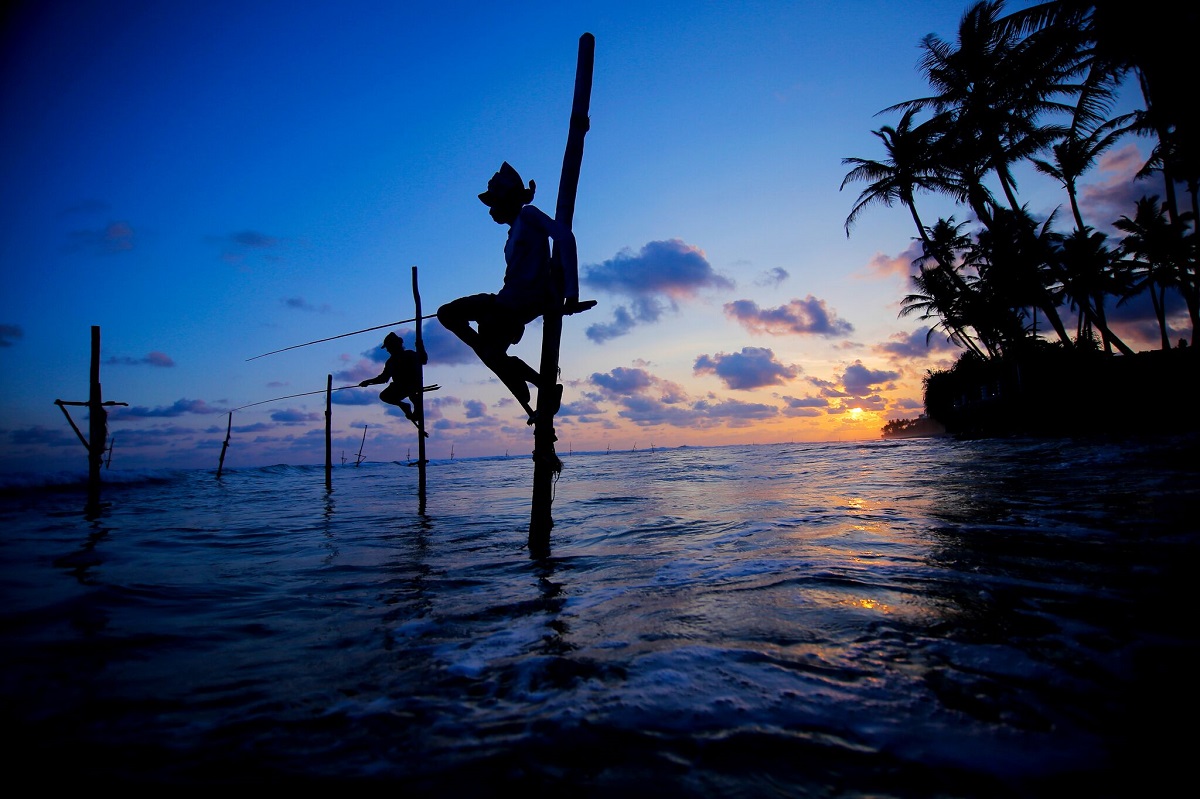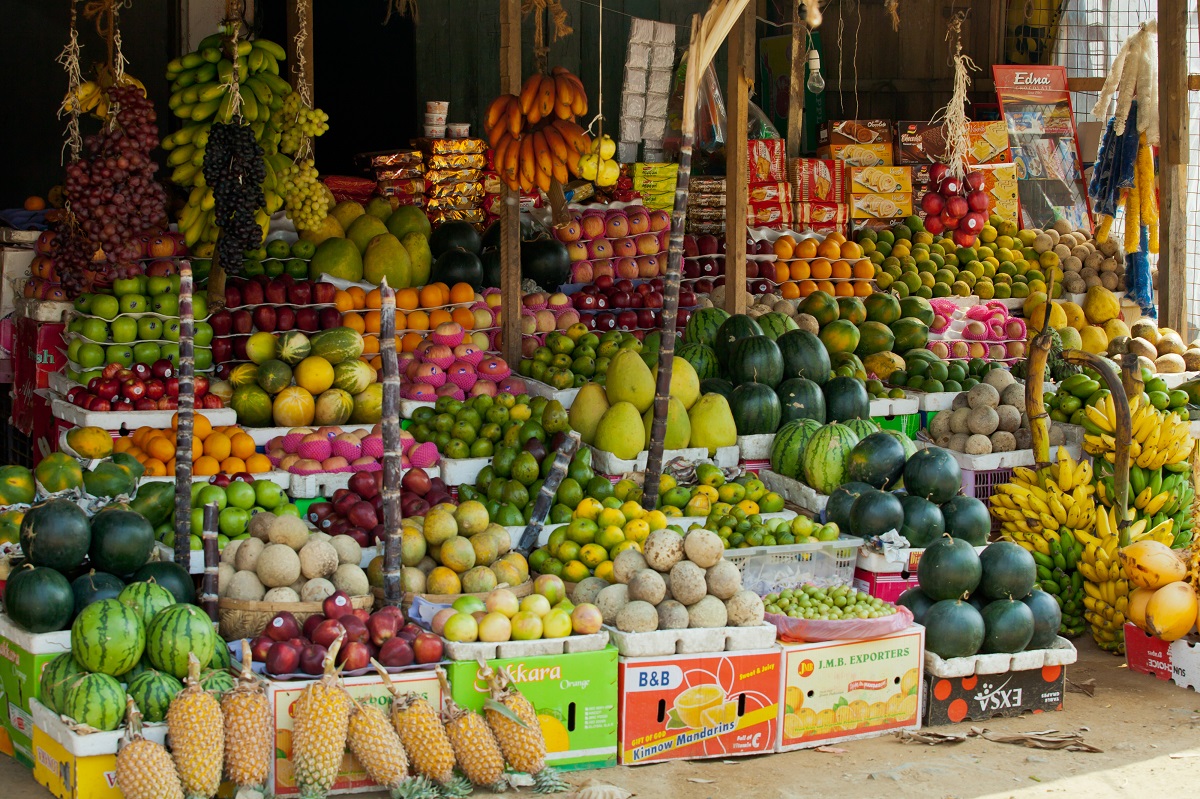BEST TIME
January – April (Entire Country)
Mid-July – September (Entire Country)
February – September (North and East)

[email protected] | [email protected] (+94) 777 21 9330





A Sri Lankan visa is an endorsement on a passport or a similar document to facilitate the legal entry of non Sri Lankans into the country and to regulate the period of their stay and the conditions governing such stay.
A Visit Visa is an entry permit signifying the consent of the Sri Lankan Government for the admission of a foreign national to the country. The Visa contains details of the period of time and the condition/s of the stay. There are two sub-categories which come under visit visas – Tourist Visit Visa
Further information – www.immigration.gov.lk
When thinking about the best time to visit Sri Lanka, it’s worth bearing in mind that the basic pattern described below can vary significantly from year to year, and that global warming has disrupted these already complex weather patterns.
Sri Lanka is a round-the-year destination for the visitors who seek for sun and sea the best time to visit the island is from November to April. The Southwestern coastal area, where the most of the beach resorts are located. Kalpitiya, located in the western ( North Western)coast has been declared a new tourist attraction. Many development projects have also been planned such as hotels and other infrastructure to make the East a new tourist destination in Sri Lanka.
The central highlands are pleasantly cool and relatively dry from January to April. The peak season is mid-December to mid-January and March-April during Easter with a mini peak season in July and August when festivals and pageants are held through the country.
January – April (Entire Country)
Mid-July – September (Entire Country)
February – September (North and East)
May – July (South-West Monsoon)
October – January(North-East Monsoon) (Entire Country)
January – April (South)
May – July (East)
December – April (Bundala National Park -Migrant birds, South coast – whales)
November – April (Kalpitya – dolphins)
July – September (Minneriya National park – The Gathering of the Elephants)
The local currency is the Sri Lankan Rupee, divided into 100 cents (you rarely come across cents today). Currency notes are Rs.5,000, Rs2,000, Rs1,000, Rs500, Rs100, Rs50, Rs20 and Rs10. Beware of mistaking the Rs500 note for the somewhat similar Rs100 one. To check whether notes are genuine when not given at a bank, look for a lion watermark. Coins, should you have receive them, will be in denominations up to Rs10.
Make sure you have plenty of lower denomination notes (Rs50, Rs100, Rs500), especially when travelling and you need to buy small items, fruit, and eat cheap meals, because change is often hard to come by apart from at hotels and big shops.
Banks are open from 0900 hrs to 1300 hrs from Monday to Friday. Some city banks close at 1500 hrs, while some are open on Saturday mornings. It.s easy to withdraw money across the island at ATMs using international credit cards or debit cards.
Most hotels, restaurants and shopping centers accept credit cards.
Sri Lanka is a tremendously photogenic island, so it’s hardly surprising that most tourists bring a camera of some kind when they visit the country. The stunning landscapes, the captivating fauna and lush flora, and the stupendous archaeological remains provide great opportunities: a bonus is that Sri Lankans love to be captured on film. So it’s easy to capture the traditional rural lifestyle. You’ll find villagers, farmers, fishermen and tea pluckers will readily stand in front of your viewfinder. Your subjects will often ask to have a copy of picture sent to them. This may be laborious, but it is a reasonable courtesy as many may never have seen a picture of themselves. It is also understandable that many will also expect a token recompense for allowing themselves to be photographed.
In addition that permits are required before you can take photos at certain sites. Entrance tickets to individual sites are available only from 6 a.m. to 10 a.m. These tickets cover charges for photography, recording and parking. Rates are quoted in US Dollars and rupee parities are subject to fluctuation.
There are some important restrictions that apply to photography regarding Buddhist imagery. When you visit a temple or other religious site, remember that photography should not be carried out in a manner causing disrespect. For instance, it is strictly forbidden to be photographed in front of or beside any statues and murals. Note that flash photography can damage old murals.
Cotton clothes are useful at any time of the year but you will need light woolens for the hills and waterproof clothing or an umbrella. Modest dress for women is advisable especially off the beach and below the knees and covering shoulders when visiting religious sites. Don’t forget comfortable shoes, sandals or trainers and cotton socks. If you are planning to trek and climb go prepared with suitable gear. Water sports enthusiasts would do well to take their snorkels and diving equipment along.
14 Days | 10 Days | 6 Days | 5 Days | More Packages

135/4, Araliya Uyana, Melegama,Wadduwa,
Sri Lanka
